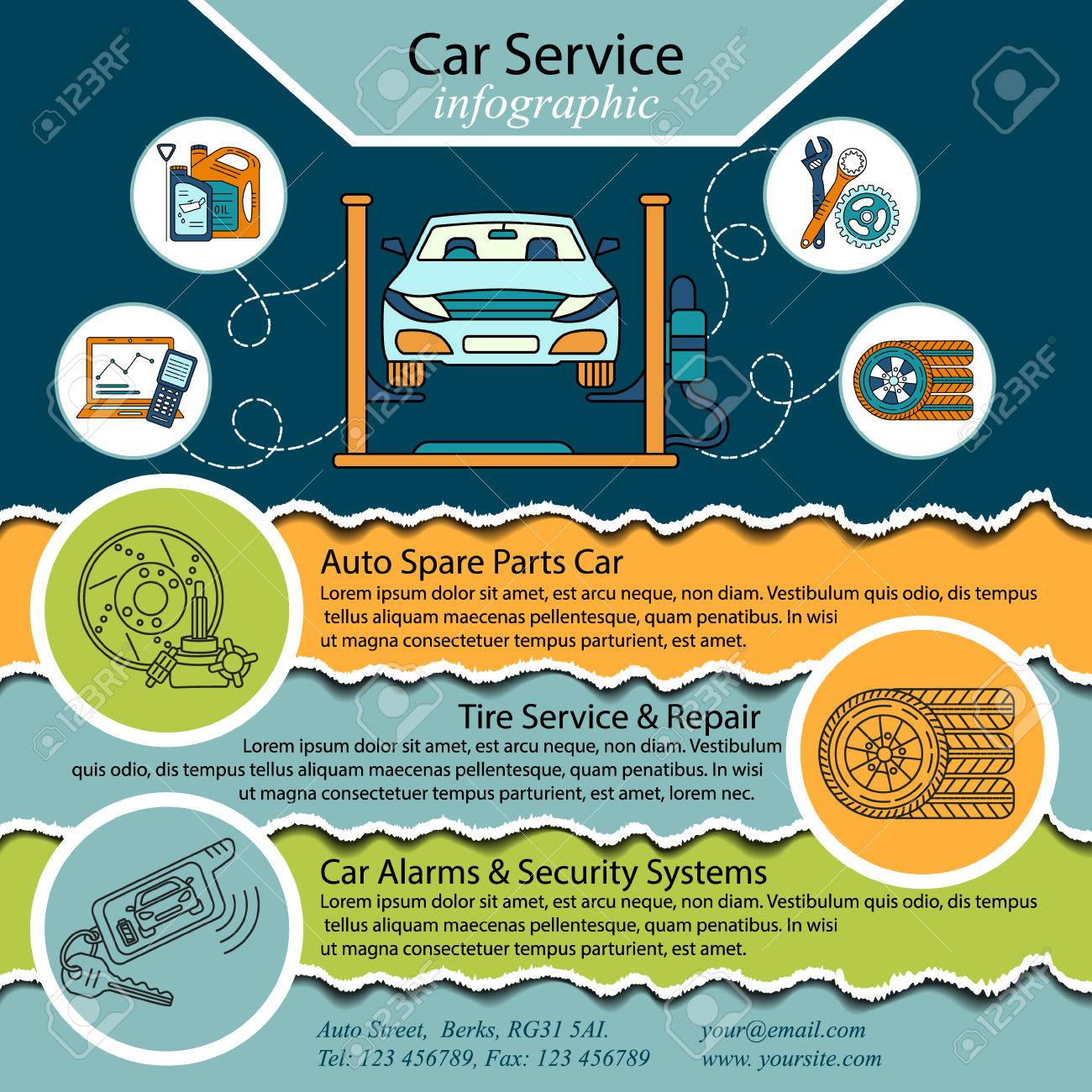Wondering Concerning The Definition Behind Those Control Panel Warning Lights? Gain Understandings Right Into Their Effects For Your Vehicle'S Safety And Security And Maintenance
Wondering Concerning The Definition Behind Those Control Panel Warning Lights? Gain Understandings Right Into Their Effects For Your Vehicle'S Safety And Security And Maintenance
Blog Article
Content Writer-Hartley Torres
When you lag the wheel, those radiant caution lights on your control panel can be a bit puzzling. Do you know what they're attempting to tell you about your cars and truck's wellness? Recognizing the importance of these lights is crucial for your security and the durability of your automobile. So, the next time one of those lights appears, would not you want to analyze its message accurately and take the required actions to address it?
Common Caution Lighting and Interpretations
Determine typical caution lights in your auto and comprehend their definitions to make sure risk-free driving.
One of the most normal caution lights include the check engine light, which indicates issues with the engine or emissions system. If this light begins, it's crucial to have your lorry inspected promptly.
The oil pressure cautioning light shows low oil pressure, calling for immediate interest to stop engine damage.
A blinking battery light could recommend a damaged charging system, possibly leaving you stranded otherwise attended to.
you could try these out tracking system (TPMS) light signals you to low tire stress, impacting automobile stability and fuel effectiveness. Disregarding this can lead to hazardous driving conditions.
The abdominal muscle light shows an issue with the anti-lock stopping system, compromising your ability to stop rapidly in emergency situations.
Finally, the coolant temperature alerting light warns of engine overheating, which can lead to severe damage if not solved swiftly.
Understanding these common caution lights will aid you deal with concerns immediately and preserve risk-free driving conditions.
Relevance of Prompt Interest
Comprehending the common caution lights in your auto is just the first step; the importance of immediately resolving these cautions can not be stressed enough to guarantee your safety when driving.
When a caution light illuminates on your control panel, it's your vehicle's means of communicating a potential concern that requires attention. Overlooking these warnings can cause a lot more severe problems in the future, endangering your safety and security and possibly costing you a lot more in repairs.
Prompt attention to warning lights can protect against failures and accidents. For instance, a blinking check engine light might suggest a misfire that, if left ignored, might trigger damage to the catalytic converter. Resolving this without delay can conserve you from a costly repair work.
In a similar way, a brake system warning light may indicate reduced brake liquid or worn brake pads, critical elements for your safety when driving.
DIY Troubleshooting Tips
If you see a warning light on your dashboard, there are a couple of do it yourself fixing ideas you can attempt before looking for specialist aid.
mobilecarwashnearme is to consult your automobile's handbook to understand what the specific warning light suggests. Often the issue can be as basic as a loose gas cap triggering the check engine light. Tightening up the gas cap might deal with the issue.
One more usual concern is a reduced battery, which can set off different advising lights. Inspecting the battery links for rust and guaranteeing they're secure might fix the trouble.
If a caution light continues, you can try resetting it by disconnecting the vehicle's battery for a few mins and after that reconnecting it. In addition, examining your automobile's fluid levels, such as oil, coolant, and brake liquid, can aid repair warning lights related to these systems.
Verdict
In conclusion, understanding your automobile's warning lights is necessary for keeping your automobile running efficiently and securely. By immediately dealing with these alerts and knowing what they indicate, you can stay clear of expensive repair work and possible break downs.
Bear in mind to consult your automobile's guidebook for particular details on each advising light and act accordingly to make sure a trouble-free driving experience.
Keep informed, remain risk-free on the road!
